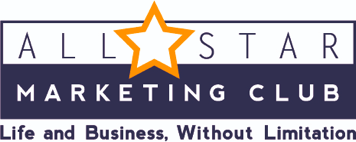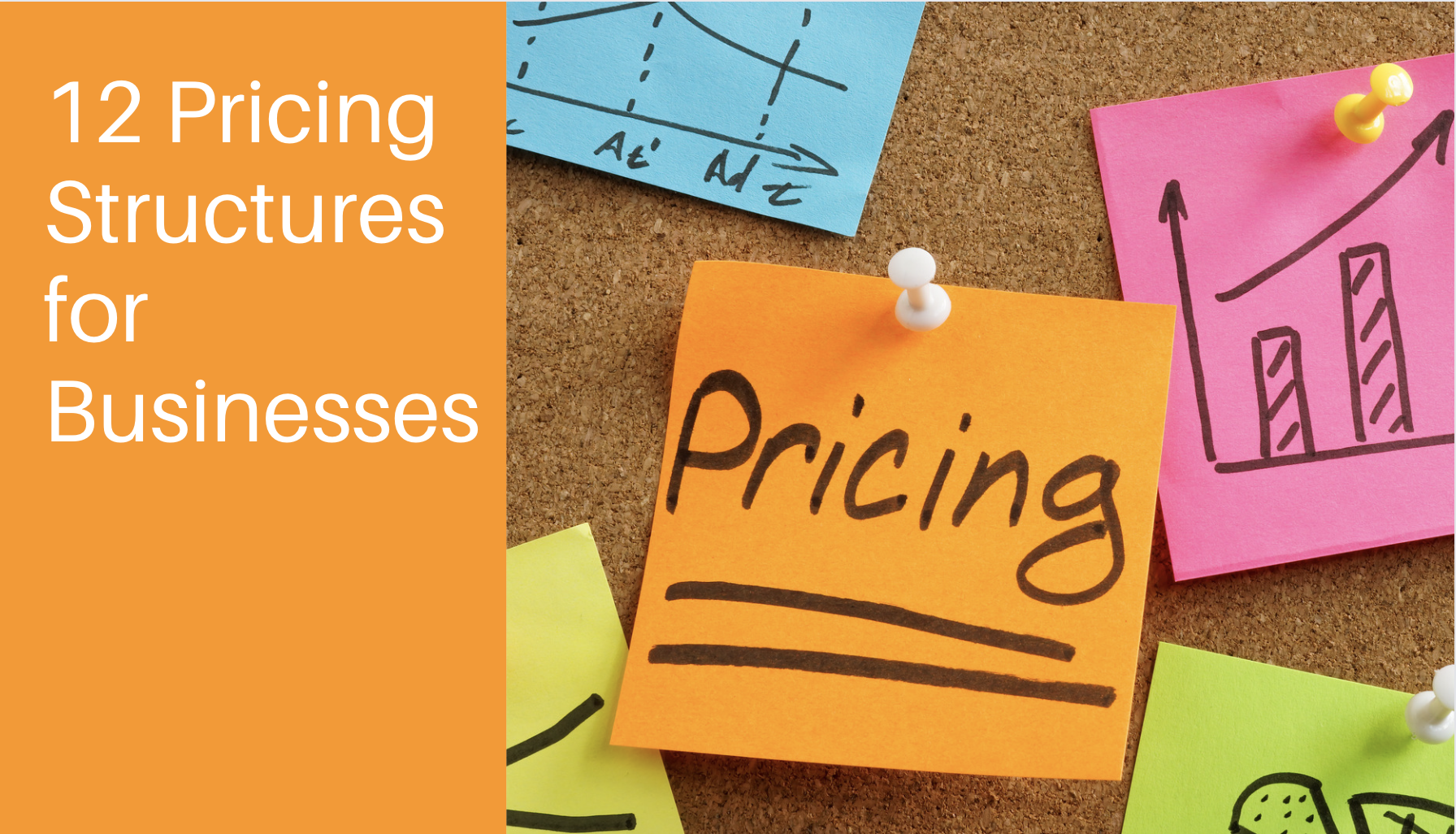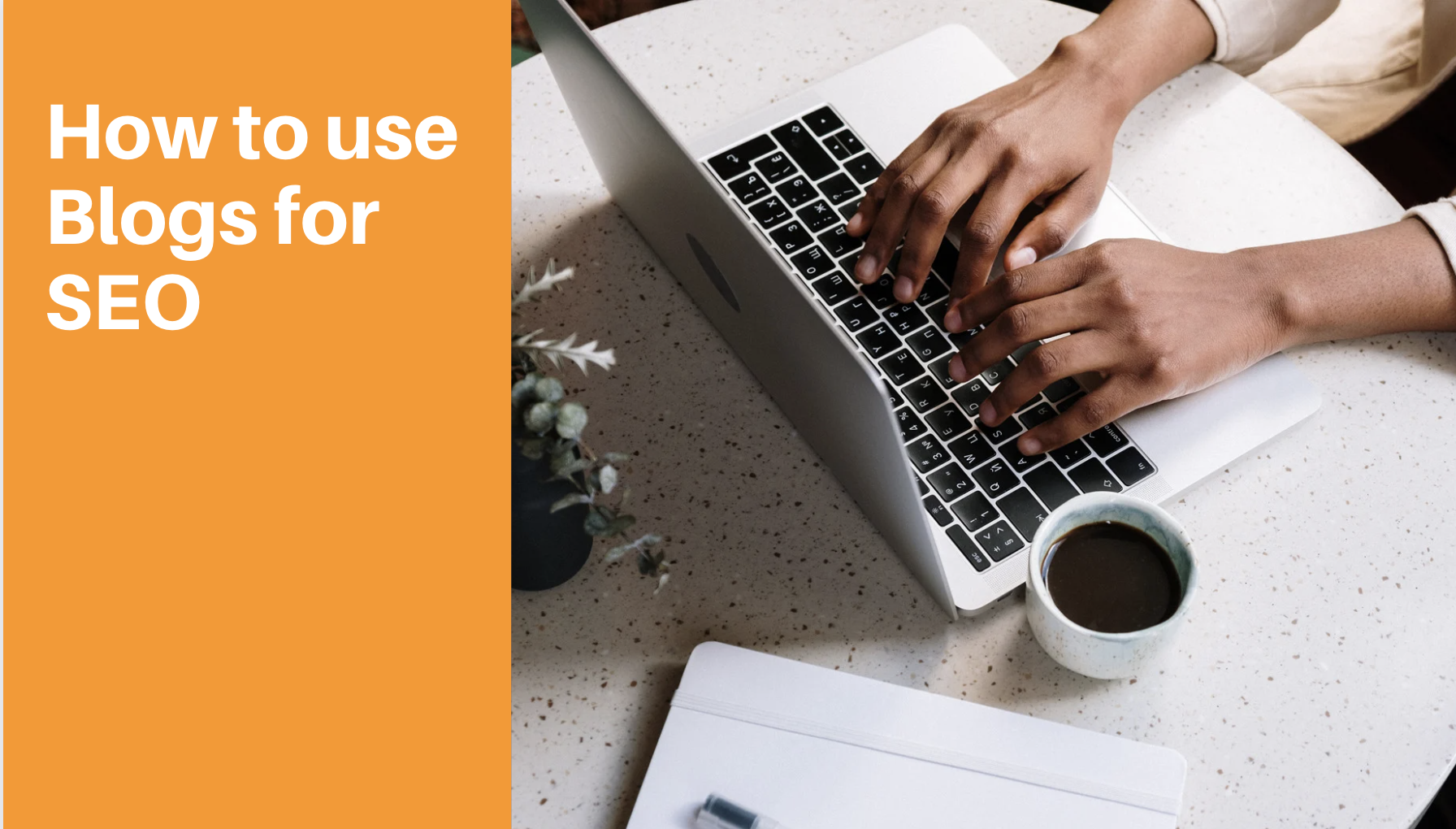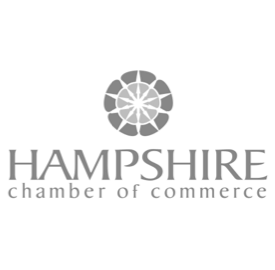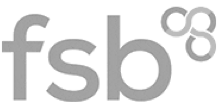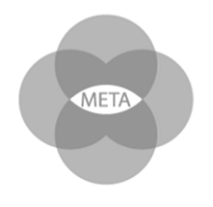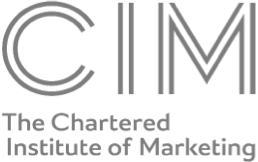When it comes to Sales, there’s no end to the pricing structures you can put in place, and it’s an area you must get right – because pricing too low and too high comes with the same result – LACK OF SALES.
Below are 12 different options for you to consider for your business.
Some of them should form the bedrock of your pricing structures for your business, and others are purely promotional. Take a look through and consider what you can use to encourage sales.
- Psychological Pricing: Set prices slightly below a round number, e.g., £9.99 instead of £10. The buyer is focusing on the bigger denomination, therefore £9, not £10. This is also known as ‘charm pricing’.
- Tiered Pricing: Offer products or services at multiple price points (basic, premium, deluxe) to cater to different segments of your target audience. Often the decoy effect is at plan in this scenario (i.e. the middle offer makes the upper offer feel more attractive). Check out this video to see it in play.
- Volume Discounts: Offer reduced prices for bulk purchases. This can encourage customers to buy more, and help you competitive position.
- Bundle Pricing: Group multiple products or services together and offer the bundle at a discount compared to purchasing each item separately – or instead of discounting, add something extra to the package, to provide additional vale.
- Loyalty Discounts: Offer special pricing or discounts to repeat customers. This not only boosts sales but also enhances customer retention.
- Early Bird Pricing: A favourite in pricing structures for events businesses, this offers discounts or bonuses to customers who purchase a product or service well in advance.
- Loss Leaders: Sell selected products below their market cost to stimulate sales of more profitable goods – they are 5 x more likely to buy your bigger ticket offering.
- Price Anchoring: Display the original price next to a sale price, so customers can see the difference and perceive the value they’re getting.
- Freemium Model: Offer a basic product or service for free and charge for advanced features or services. This approach can attract a large user base and a percentage will convert to paying customers.
- Flash Sales or Time-sensitive Discounts: Create urgency by offering a discount or bonus for a limited time. This can spur immediate sales.
- Dynamic Pricing: Adjust prices in real-time based on demand, inventory, and other external factors. This is especially popular in industries like hospitality and airlines.
- Price Match Guarantee: One of the pricing structures that are common amongst the likes of John Lewis, this promises customers that you’ll match a competitor’s lower price. This reduces the risk of them shopping elsewhere.
Remember, while pricing is a key determinant in purchasing decisions, it’s also crucial to ensure that the perceived VALUE and quality of the product or service matches the price.
Always test different pricing structures and monitor the sales outcome to find the most effective approach for your business.
Why not read more on pricing – is your pricing too low?
